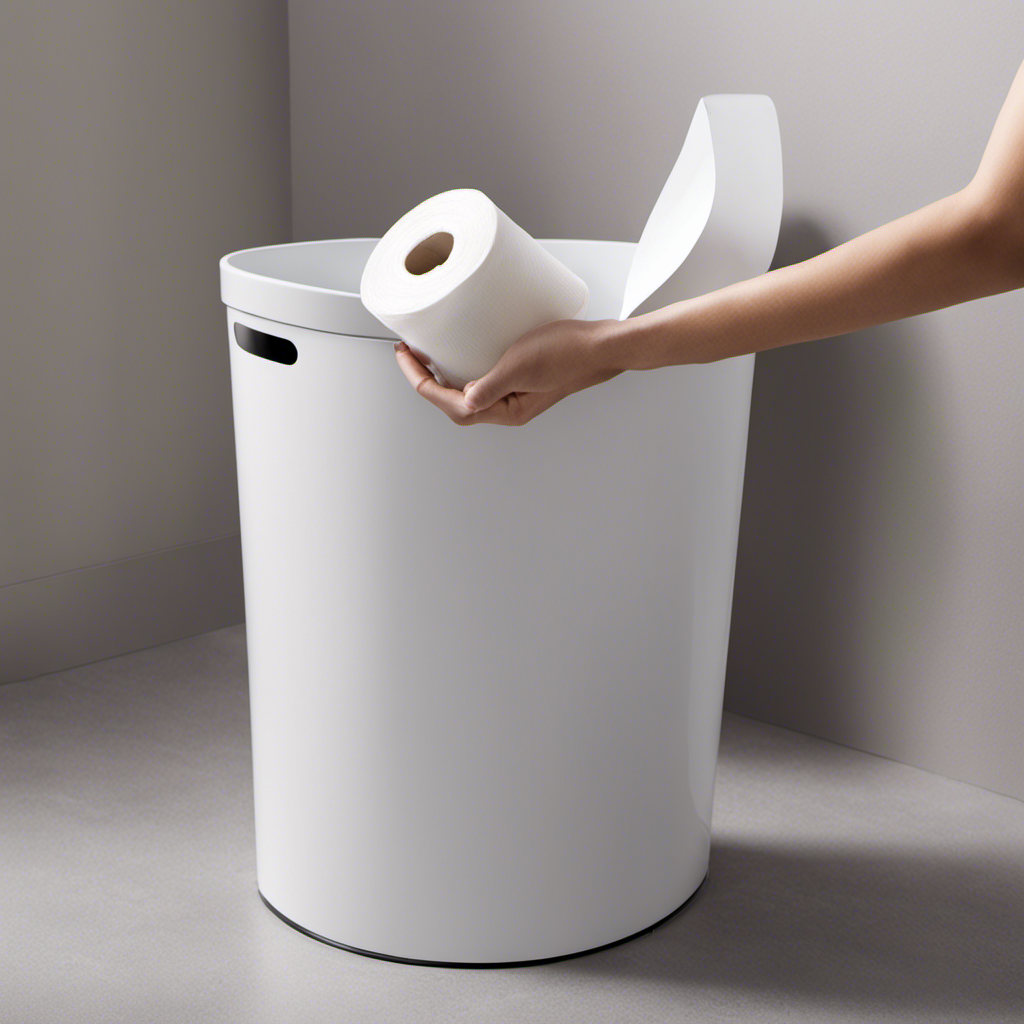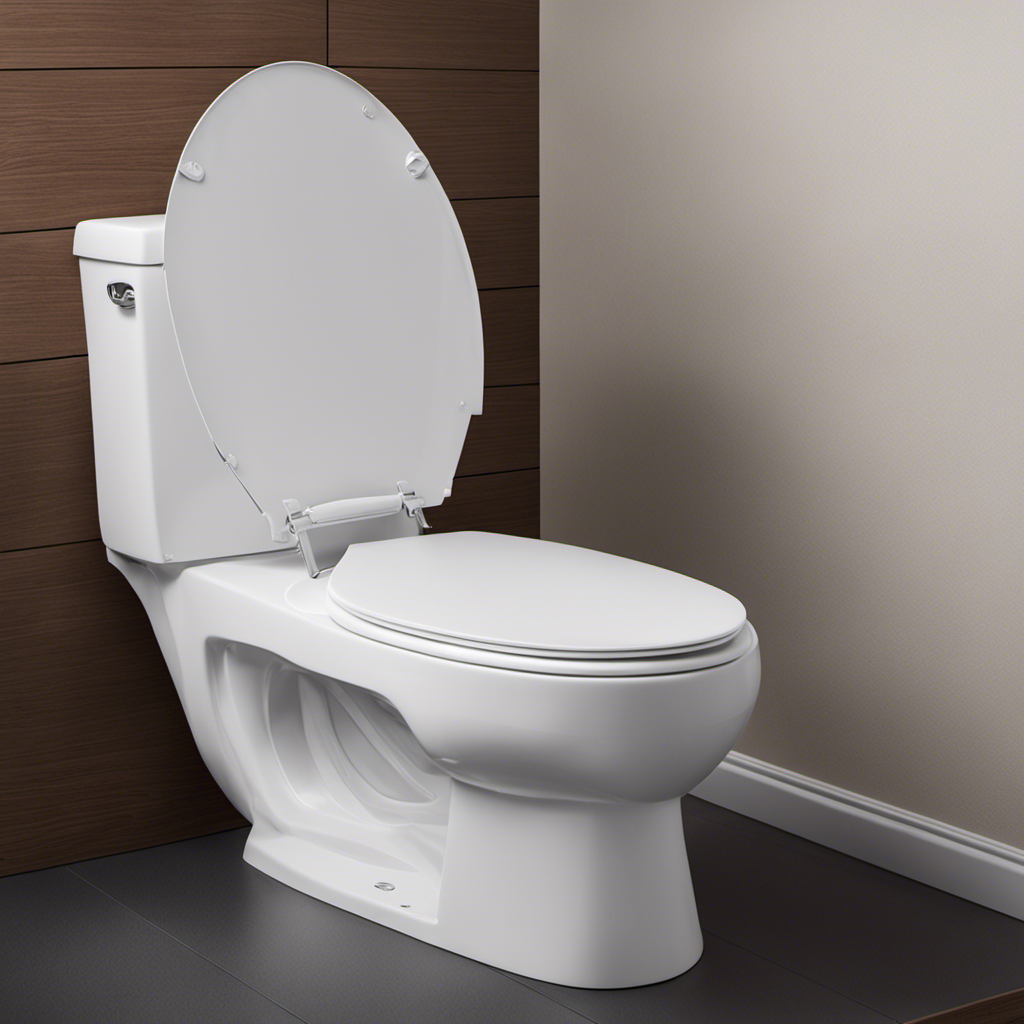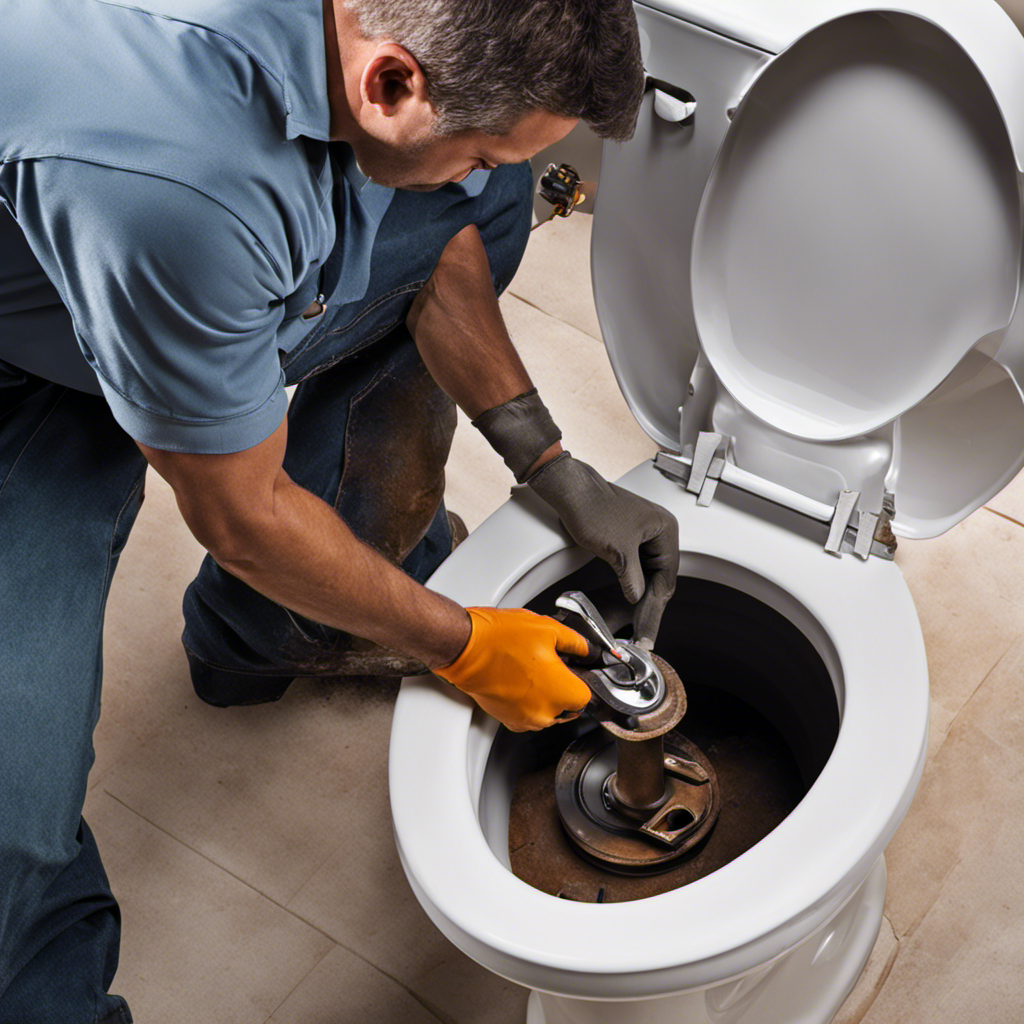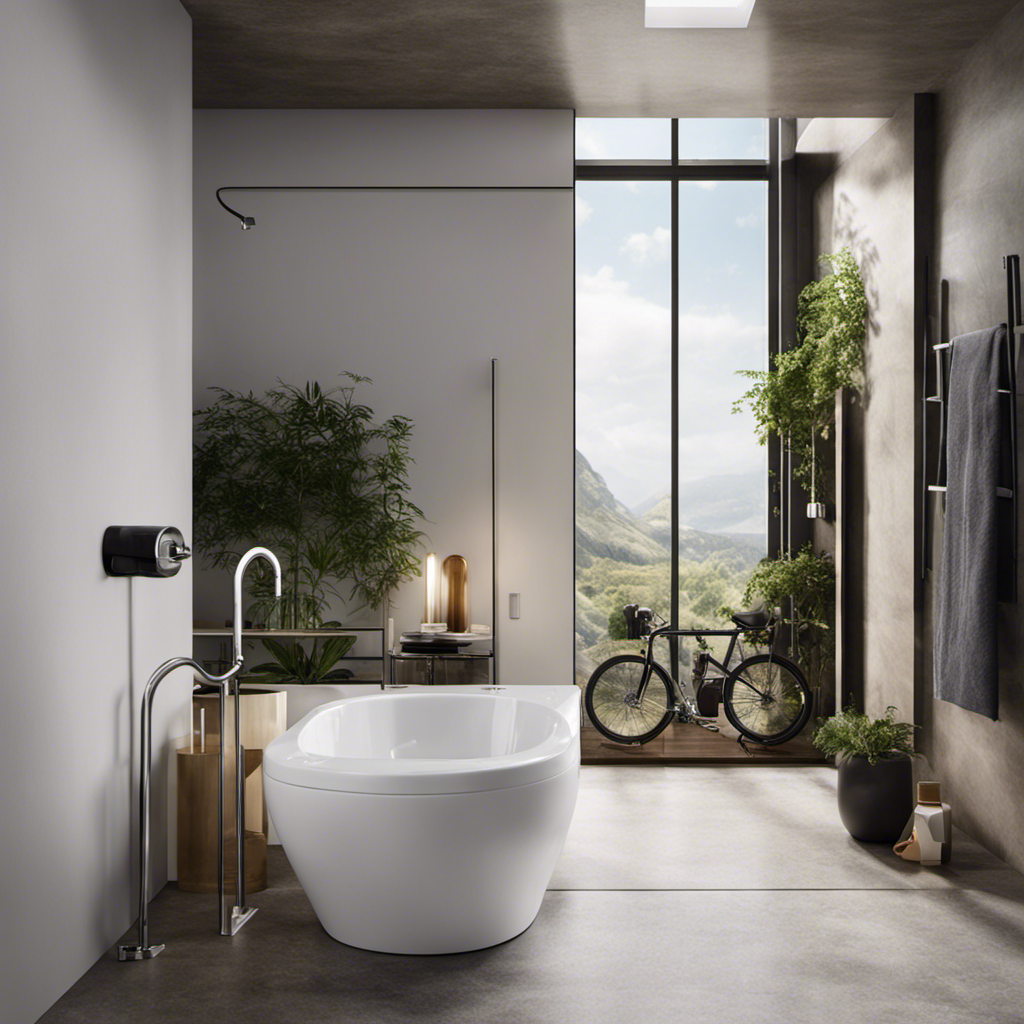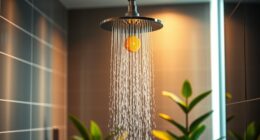As a seasoned plumber with a wealth of knowledge on toilet systems and preventing clogs, let me share with you the ultimate guide on how to keep your toilet clog-free.
Picture this: a world where you never have to face the frustration of a backed-up toilet again. Sound too good to be true? Well, with a few simple tips and tricks, you can make it a reality.
From proper toilet paper usage to regular maintenance, I’ll walk you through everything you need to know to prevent those pesky clogs.
Let’s dive in!
Key Takeaways
- Use the right amount of toilet paper and choose biodegradable or eco-friendly options
- Only flush toilet paper and human waste, avoiding wipes, paper towels, and feminine hygiene products
- Regularly maintain and inspect the plumbing system to catch potential issues before they turn into costly repairs
- Utilize DIY unclogging methods such as using a plunger or environmentally friendly alternatives like baking soda and vinegar
Common Causes of Toilet Clogs
One of the most common causes of toilet clogs is flushing excessive amounts of toilet paper. Toilet bowl design flaws and plumbing issues can also contribute to clogs.
As a plumber with extensive knowledge in toilet systems, I understand the importance of addressing these issues to prevent frustrating clogs.
Toilet bowl design flaws, such as narrow trapways or improper slope, can hinder the proper flow of waste and water, leading to frequent clogs. Additionally, plumbing issues like clogged pipes or inadequate water pressure can further exacerbate the problem.
To prevent these clogs, it is crucial to use toilet paper in moderation and avoid flushing other items like wipes or sanitary products. Regular maintenance, such as inspecting and clearing any blockages in the pipes, can also help prevent clogs caused by plumbing issues.
Proper Toilet Paper Usage
To avoid any issues, make sure you’re using the right amount of toilet paper and that you’re not using too much at once. Proper toilet paper usage is crucial for preventing clogs in your plumbing system. Not all toilet papers are created equal, and using the wrong type can lead to clogs and other problems. It’s important to choose toilet paper that is designed to break down easily in water, such as biodegradable or eco-friendly options. These alternatives are made from recycled materials and are specifically designed to dissolve quickly, reducing the risk of clogs. Here’s a helpful table outlining some popular toilet paper alternatives and their eco-friendly features:
| Toilet Paper Alternative | Eco-Friendly Features |
|---|---|
| Recycled Toilet Paper | Made from recycled materials, reduces deforestation |
| Bamboo Toilet Paper | Fast-growing, renewable resource |
| Sugar Cane Toilet Paper | Made from sugar cane waste, biodegradable |
| Hemp Toilet Paper | Sustainable crop, requires less water and pesticides |
Flushing the Right Things
Flushing items that are not meant to be flushed, like wipes or paper towels, can cause plumbing issues. As a plumbing expert, I want to share some practical tips to prevent toilet clogs and keep your plumbing system running smoothly.
Here’s a list of dos and don’ts:
-
Do: Only flush toilet paper and human waste. Toilet paper is designed to break down easily in water, preventing clogs.
-
Don’t: Flush wipes, paper towels, or feminine hygiene products. These items do not dissolve and can quickly lead to blockages.
-
Do: Regularly check the toilet water level. If it’s too high or too low, it could indicate a problem with the flushing mechanism or the water supply.
-
Don’t: Ignore the shape of your toilet bowl. Some bowls have a narrower trapway, making them more prone to clogs. Consider upgrading to a bowl with a wider trapway for better flushing performance.
Regular Maintenance Tips
Make sure you regularly inspect your plumbing system to catch any potential issues before they turn into costly repairs.
As a plumbing expert, I understand the importance of regular maintenance to prevent toilet clogs.
One practical step you can take is to avoid using harsh toilet bowl cleaners that contain chemicals that can damage your pipes and lead to blockages. Instead, opt for mild, non-abrasive cleaners or natural alternatives like baking soda and vinegar.
Additionally, consider hiring professional plumbing services for a thorough inspection and cleaning of your toilet system. These experts have the knowledge and tools to identify any underlying issues and provide effective solutions.
DIY Unclogging Methods
Using a plunger is a common and effective DIY method for unclogging toilets. When it comes to toilet plunger techniques, here are four key tips to keep in mind:
-
Proper Technique: Ensure a tight seal between the plunger and the toilet bowl, then push and pull vigorously to create suction and dislodge the clog.
-
Natural Drain Cleaners: Consider using environmentally friendly alternatives such as baking soda and vinegar or a mixture of hot water and dish soap to break down clogs without harsh chemicals.
-
Prevention is Key: Regularly maintain your toilet by avoiding flushing excessive toilet paper, feminine products, or other non-flushable items.
-
Upgrade Your Toilet: If your toilet frequently clogs despite your best efforts, it might be time to consider upgrading to a more efficient, high-pressure flushing system.
Conclusion
In conclusion, preventing toilet clogs is essential for a smooth and hassle-free bathroom experience. By understanding the common causes of clogs and implementing proper toilet paper usage, you can avoid unnecessary blockages.
Flushing only the right things and performing regular maintenance will also contribute to a clog-free toilet. And when faced with an unclogging situation, DIY methods can come in handy.
Remember, with a little knowledge and practical solutions, you can keep your toilet functioning perfectly and avoid any plumbing headaches. So go ahead, take care of your toilet, and enjoy a worry-free bathroom experience.
